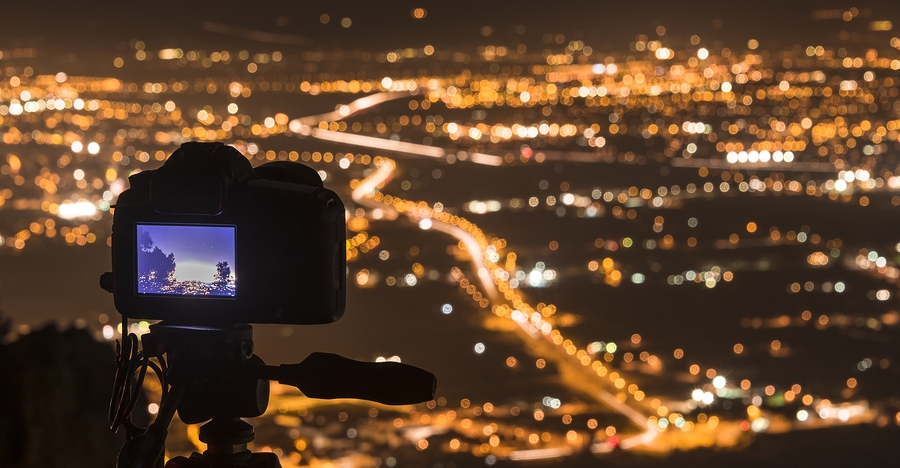Urban landscapes are not just about city skylines, architecture or street photography.
While the above are focused on the big picture, buildings and people, urban landscapes take a deeper look at the city itself. Sometimes it’s not pretty in a conventional way but it’s always interesting and filled with details. If you don’t know where to start, these tips will come in handy.
Research Your Locations
Urban landscape photography might seem like a pretty spontaneous thing (and at times it can be) but many of the most spectacular shots are a result of careful planning. It’s amazing how a location can change depending upon the time of day (as a result of angles of light especially) so scout out potential locations at different times of the day and consider returning to the same location over time to see what else it might offer. In terms of what time of day is ‘best’ to photograph – I’m not sure there is one but my personal preference is late afternoon or on days which are overcast but where it’d not too dark.
Take a Variety of Lenses
I find that taking two lenses with me is usually enough for urban photography. I prefer to take one wide angle lens and a zoom with a fair bit of length to it. Longer focal lengths are useful for capturing the details of building and street scenes (be aware that they also tend to flatten pictures) but wide angle lenses are great for capturing the big picture and they tend to give a bigger depth of field which can add interest and a nice feel to your shots.
Evidence of People
If you choose to take the approach of eliminating people from your shots they almost always still live in the shots by the things that they leave there. Urban landscapes don’t always include people directly but speak about the way we live (both good and bad). It can be very powerful to look for the evidence of people in a landscape and to feature this in your shots. In doing so you add layers of interest and make your photos more dynamic.
Look for Mirrors
Many buildings these days are built with highly reflective surfaces. These can both present themselves as an opportunity and a challenge. Some stunning effects can be achieved by shooting the reflections in such buildings – to find the perfect way to do this often means you need to try lots of angles to find the best reflection. If you want to eliminate the glare or unwanted reflections from mirrors or shiny windows it is worth investing in and using a polarising filter.
Shoot into the Evening
Cities change incredibly as evening comes and the lights go on. What can be a drab or featureless scene can quickly become something with a lot of character and mood. I enjoy shooting in the twilight zone between day and night as there is still light in the sky but you also get the impact of city lights.
Get more tips for capturing urban landscapes over at Digital Photography School.
Source: Digital Photography School

